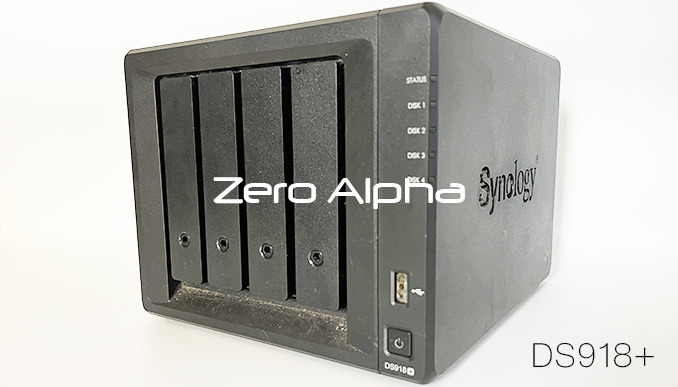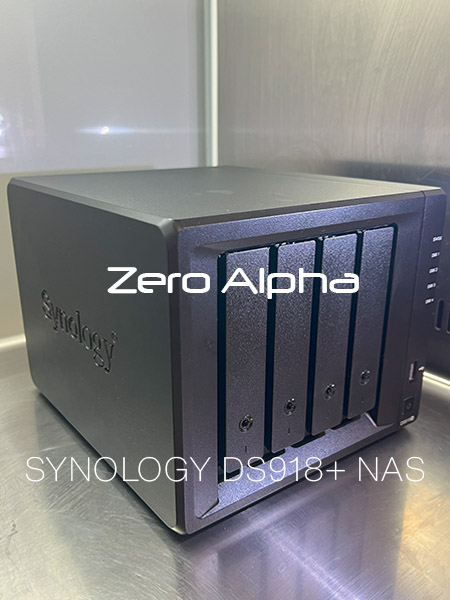Synology DS918+ NAS Data Recovery
At Zero Alpha, we provide expert Synology DS918+ NAS data recovery services. You can visit us or mail in your device for professional recovery from RAID failures, disk issues, or data loss.

Synology DS918+ Common Problems
-
RAID group degraded or crashed
-
One or more disks showing as "crashed" or "not initialized"
-
DSM not booting or stuck during startup
-
Sudden volume disappearance
-
Accidental deletion or reformatting
-
Failed DSM update
-
Network access failure or missing shared folders
-
Power surge or motherboard failure
Synology DS918+ NAS Data Recovery Case Log
12Feb25: The Synology DS918+ NAS device experienced a catastrophic failure after being exposed to an electrical surge. The client reported that the system became unresponsive and failed to power on. After troubleshooting and investigation, it was confirmed that the NAS was no longer operational, likely due to the electrical surge damaging internal components.

Synology DS918+ Fails during storm data recovery caselog
03Jun25: This 4 bay nas system was using 3 seagate ST8000VN004-2M2101 drives. It went offline during a storm. When you turn it on the blue power button led blinks but then there is an error beeping sound and an orange status light. One of the drives status lights is not showing. 2 of the drives were faulty and making clicking sounds and only 1 was working. We were able to virtually recreate the data and give it back to the customer.